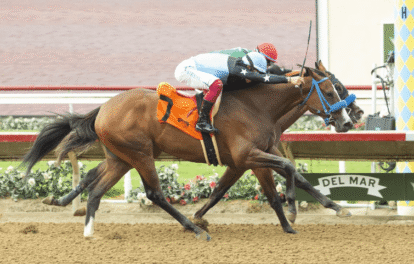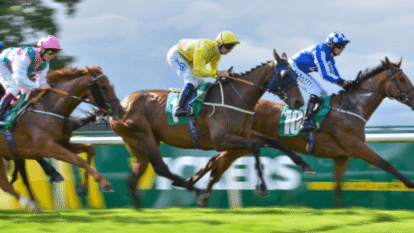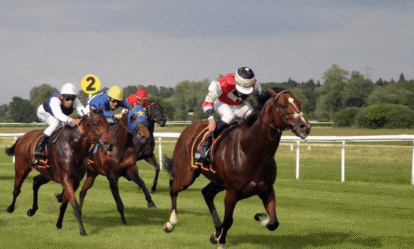Horse racing is a multifaceted sport, shaped significantly by the various types of tracks. Each track surface—turf, dirt, or synthetic—offers unique challenges and influences performance outcomes. Understanding these differences is crucial for enthusiasts and participants. The nuances of each track type reveal insights into race strategies, horse capabilities, and even jockey tactics. Yet, the complexities of track configurations and their conditions add another layer to this intricate sport. What factors truly dictate success on these surfaces?
Turf Tracks: The Elegance of Grass Racing
While many racing enthusiasts appreciate the thrill of the sport, turf tracks stand out for their unique blend of elegance and challenge, captivating both spectators and participants alike.
Effective turf maintenance is crucial, as different grass varieties influence race outcomes and horse performance.
The meticulous care of these surfaces enhances the racing experience, showcasing both the beauty of nature and the skill of trainers.
Dirt Tracks: The Traditional Path to Victory
Dirt tracks, often regarded as the backbone of horse racing, provide a traditional racing surface that has shaped the sport for generations.
These dirt surfaces are known for their versatility, adapting to various racing conditions. The texture and moisture levels influence performance, allowing horses to exhibit their speed and stamina.
Ultimately, dirt tracks remain a fundamental aspect of the horse racing experience.
See also: Horse Racing: An Overview of the Breeding Process
Synthetic Tracks: Innovation in Horse Racing
Synthetic tracks have emerged as a revolutionary alternative in the world of horse racing, offering a consistent and safe surface for both horses and jockeys.
These synthetic surfaces provide enhanced safety and performance benefits, yet they come with maintenance challenges that require careful management.
Ultimately, their innovative design continues to reshape the racing landscape, promising a future where horses can race freely and safely.
Unique Track Configurations: Understanding Layouts and Conditions
As horse racing evolves, understanding the unique configurations of racing tracks becomes essential for evaluating race outcomes and strategies.
Tracks often feature oval shapes with varying banking angles, influencing a horse’s speed and maneuverability.
These configurations affect race dynamics, requiring jockeys to adapt their tactics based on layout and conditions, ultimately impacting the freedom of both horse and rider in pursuit of victory.
Conclusion
In the grand tapestry of horse racing, each track type weaves its own story, from the verdant embrace of turf to the steadfast grit of dirt and the smooth reliability of synthetic surfaces. As horses thunder down these diverse paths, their hooves echo the rich traditions and innovations of the sport. Understanding these intricacies not only deepens appreciation for the race but also illuminates the artistry behind each galloping stride, where every track becomes a canvas for equine excellence.



